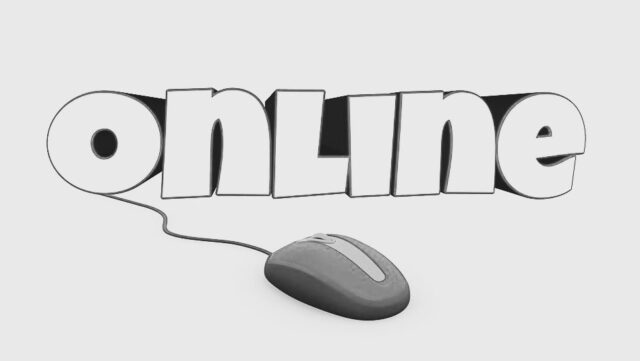The Internet
The Internet, the decentralized electronic communications network that connects computers and computer networks around the world, was created beginning in 1969 with the Advanced Research Projects Agency Network (ARPANET) and culminating in 1983 with the establishment of Transfer Control Protocol/Internetwork Protocol (TCP/IP) communications protocol – the rules used to transmit data over the internet.
In the 1960s, computer scientists working in the United States and Great Britain proposed the idea of an interconnected set of computers for the exchange of data and software, a computer network.
Further research continued throughout the sixties in a small office of the US Department of Defense named the Advanced Research Projects Agency, or ARPA.
In 1969, the first two nodes of this computer network, called the ARPANET, were constructed at the University of California, Los Angeles (UCLA) and the Stanford Research Institute, and on October 29 of that year, the first computer-to-computer network message was sent.
What was the first message sent over a computer-to-computer network? The first message ever sent over a computer network was "lo" – that's “l” as in lollipop and “o” as in orange. The message was intended to be "login", but the system crashed after the first two letters were entered. The successful transmission of the full word "login" occurred about an hour later.
The Arpanet grew quickly during the seventies.
Its success led other computer scientists to develop similar networks to support information exchange within their own academic fields or for commercial use.
Scientists realized that to make it possible for these independent networks to communicate with each other, the networks needed to speak a common language when they came together. So, scientists developed a common addressing scheme – hierarchical host naming – and standardized protocols for information exchange – Transfer Control Protocol/Internetwork Protocol (TCP/IP) and File Transfer Protocol (FTP).
By the early 80s, these standards had been widely adopted and the global Internet in its modern form had emerged.
However, information exchanged on the Internet was text based, linear, and sequential … much like a page in a book that can only be read from beginning to end. No skimming ahead.
The World Wide Web
The World Wide Web (WWW), often simply referred to as the Web, was invented in 1989 by English computer scientist Tim Berners-Lee (now, Sir Tim Berners-Lee), a researcher at CERN in Geneva, Switzerland. Berners-Lee also invented hyper text markup language (HTML), the URL system, and HTTP.
Berners-Lee’s Web offered a way to make information sharing over the Internet easier and more intuitive.
Using hypertext, Berners-Lee developed a system for exchanging collections of documents linked to each other in such a way that users could navigate the pages in the collection in a nonlinear fashion going anywhere on the Internet simply by clicking on the available hyperlinks.
In 1991, Berners Lee launched his new system, and the World Wide Web was born.
The Web is not the same as the Internet.
The Internet is the infrastructure that connects networks globally, while the Web is a service that operates over the Internet.
It also bears noting that the Web itself has gone through several iterations.
The first iteration or generation of the Web, Web 1.0, is sometimes referred to as the read only Web. Web 1.0 focused on linking static websites and exchanging information.
In the early 2000s, a shift to a more interactive web began. Web 2.0 was characterized by the evolution of dynamic content and the rise of social networking as a prominent online activity.
Web 2.0 is essentially the Web as we experience it today – social media platforms, online shopping, YouTube videos, Google and so much more.
It’s almost inconceivable that one guy still walking the planet set all that in motion. You deserve that knighthood Sir Tim Berners-Lee!
Today, we are on the threshold of the next generation of the Web – Web 3.0.
Web 3.0 aspires to a more decentralized Web and an increase in the intuitiveness and personalization of searches. Though much of the technology necessary to support a decentralized and intuitive Web is available, Web 3.0 is still being developed.
Always concerned about the concentration of hosting and online content distribution and services is in the hands of a small number of giant companies, Sir Tim Berners-Lee remains actively engaged in the development of this next generation of the Web.
“The Web as I envisaged it, we have not seen it yet. The future is still so much bigger than the past.” - Sir Tim Berners-Lee, English computer scientist
K. ("Kristen") Powell is a technical writer and ghost writer for a firm that represents advanced degree STEM professionals, many of whom work on the cutting edge of AI and robotics. While fascinated by the research and the high-tech innovations she learns about through her professional life, in her personal life Kristen seeks simplicity and a welcoming and uncluttered home.

